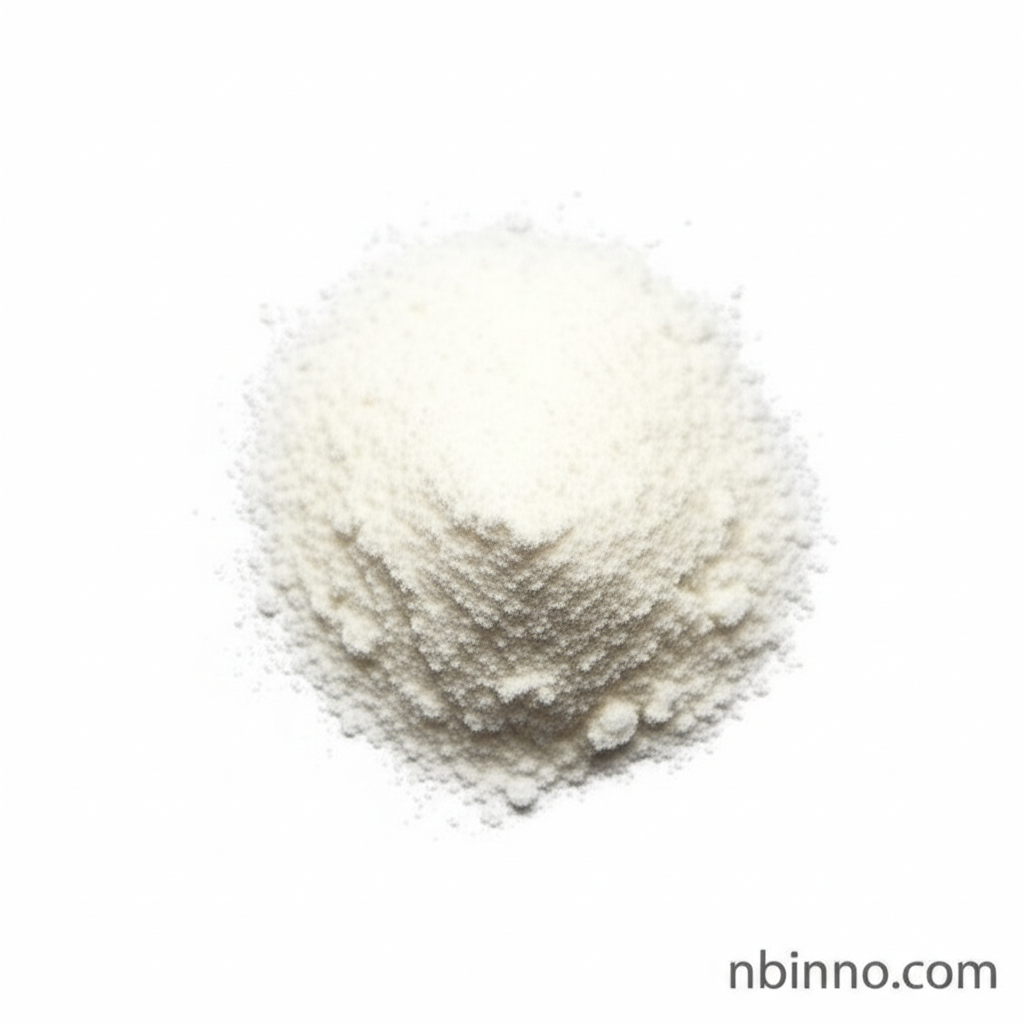Unlocking Boron Neutron Capture Therapy: The Synthesis and Application of 4-Borono-L-Phenylalanine
Discover the critical role of 4-Borono-L-Phenylalanine in advanced cancer treatment and its complex synthesis pathways.
Get a Quote & SampleProduct Core Value

4-Borono-L-Phenylalanine
4-Borono-L-Phenylalanine is a vital unnatural derivative of L-Phenylalanine, serving as a key mediator in Boron Neutron Capture Therapy (BNCT). This innovative treatment selectively targets cancer cells, offering a promising avenue for intractable cancers like glioblastoma. Its efficacy relies on delivering boron-10 to tumor cells for a nuclear reaction that destroys cancerous tissue while minimizing damage to surrounding healthy cells. The development of this crucial boron drug is essential for advancing targeted cancer therapy.
- Explore various 4-Borono-L-Phenylalanine synthesis routes to understand the complexities of producing this critical BNCT agent.
- Learn about the development of PET tracers for BNCT, which aid in predicting boron drug concentration in tumors.
- Understand the application of amino acid derivatives in cancer treatment, highlighting their specific targeting capabilities.
- Discover the advantages of using a specialized boron delivery agent for cancer, crucial for effective BNCT protocols.
Advantages of Using 4-Borono-L-Phenylalanine
Targeted Cancer Cell Destruction
As a key boron drug for BNCT, it facilitates the precise destruction of cancer cells via a nuclear reaction, crucial for BNCT drug development.
Improved Treatment Specificity
Its mechanism of uptake by cancer cells via the LAT1 transporter enhances the specificity of treatment, a core aspect of targeted cancer therapy development.
Diagnostic Imaging Potential
The development of PET tracers like [18F]FBPA allows for better prediction of boron drug distribution, supporting the role of PET imaging in BNCT.
Key Applications
Boron Neutron Capture Therapy (BNCT)
This forms the primary application, utilizing the boron-10 isotope for targeted cancer cell destruction, a critical aspect of BNCT research.
Radiotherapy Enhancement
It acts as a sensitizer and delivery agent, improving the efficacy of radiation therapy for hard-to-treat cancers, aligning with advanced cancer treatment modalities.
Pharmaceutical Intermediate Synthesis
Its unique structure makes it a valuable intermediate in the synthesis of complex pharmaceutical compounds, supporting pharmaceutical synthesis of BNCT agents.
Biomedical Research
Used in studies to understand amino acid transporters and develop novel cancer diagnostics and therapeutics, vital for clinical applications of amino acid radiotracers.
